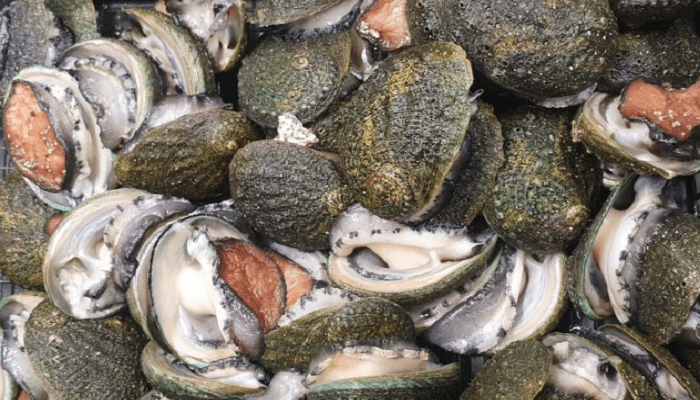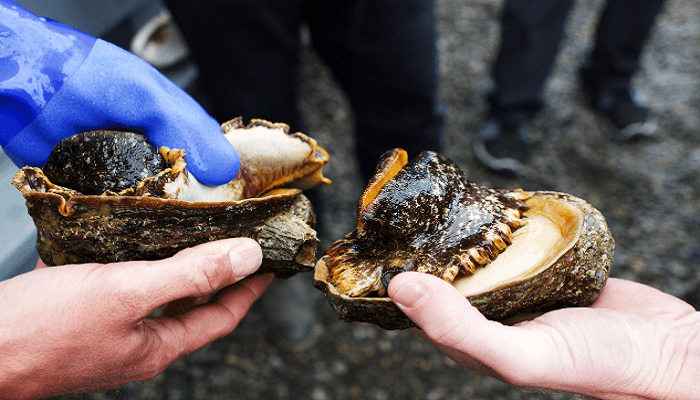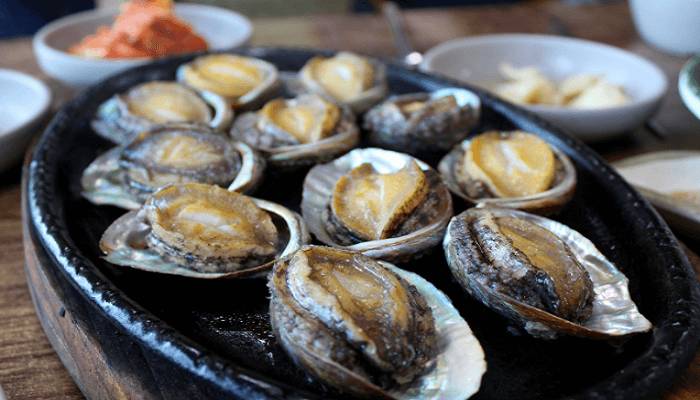Why Is Abalone So Expensive – Abalone is a highly prized seafood delicacy that has been enjoyed by many cultures for centuries. It is known for its unique taste and texture and is often considered a luxury ingredient in many cuisines.
However, abalone is also one of the most expensive seafood products on the market. So why is abalone so expensive?
In this in-depth article, we will explore the factors that contribute to the high price of abalone.
We will discuss the rarity of abalone, the labour and resources required to farm or catch it, the regulations surrounding its harvest and trade, the demand for abalone, the size and species of abalone, the environmental factors that can impact its supply and price, market fluctuations, processing costs, and its cultural significance.
By understanding the complex factors that contribute to the high price of abalone, readers will gain a better appreciation for this exquisite seafood delicacy and the effort that goes into producing it.
Whether you are a seafood lover, a gourmet chef, or simply curious about the world of high-end cuisine, this article will provide valuable insights into one of the world’s most expensive and sought-after seafood products.
What is Abalone?

Abalone is a type of sea snail that belongs to the Haliotidae family. They are found in cool waters around the world, including off the coast of California, South Africa, Japan, and Australia.
Abalone is highly prized for its unique taste and texture, and they are considered a delicacy in many cultures.
What is So Special About Abalone?
Abalone is a luxurious ingredient that is highly sought after for a variety of reasons:
- Rarity: Abalone is a rare and valuable ingredient. They are slow-growing and difficult to farm, which makes them an exclusive and limited product.
- Flavour: Abalone has a unique taste that is often described as sweet and salty with a slightly chewy texture. This unique taste and texture make it highly prized in the culinary world.
- Nutritional value: Abalone is a rich source of protein, vitamin E, and omega-3 fatty acids, making it a highly nutritious ingredient.
- Historical significance: Abalone has been considered a delicacy in many cultures for centuries. In ancient China, abalone was often reserved for royalty and was believed to have medicinal properties.
Why Is Abalone So Expensive?

Abalone is one of the most expensive seafood ingredients in the world. There are several factors that contribute to its high price:
- Rarity: Abalone is a rare and valuable ingredient. They are slow-growing and difficult to farm, which makes them an exclusive and limited product.
- Labour: Abalone farming is a labour-intensive process that requires specialized equipment and skilled workers. The cost of labour is a significant factor in the price of abalone.
- Transportation: Abalone is a perishable product that requires careful handling and transportation. The cost of transportation can add to the overall price of the product.
- Regulations: Abalone fishing is regulated in many countries to protect the species from overfishing. These regulations can limit the supply of abalone, which can drive up the price.
- Demand: Abalone is a highly sought-after ingredient in many cultures, particularly in Asia. The high demand for abalone can drive up the price.
- Size: The larger the abalone, the higher the price. Larger abalone are more difficult to find and require more resources to farm or catch, which makes them more expensive.
- Species: Different species of abalone have different tastes and textures, and some species are rarer and more valuable than others.
- Environment: Abalone is sensitive to changes in its environment, such as changes in water temperature or pollution. This can affect their growth and survival rates, which can impact the supply and price of abalone.
- Market fluctuations: Like any commodity, the price of abalone can fluctuate due to changes in supply and demand, economic conditions, and other factors.
- Processing: Abalone requires specialized processing, including cleaning, shucking, and canning. The cost of processing can add to the overall price of the product.
- Cultural significance: Abalone is considered a luxury ingredient in many cultures, and its high price is often associated with its cultural significance and exclusivity.
How Much is 1 Abalone Worth?
The price of abalone varies depending on the species, size, and location. In general, abalone can cost anywhere from $30 to $150 per pound, with larger and rarer species fetching the highest prices. A single abalone can be worth hundreds of dollars.
Does Abalone Taste Good?

Abalone is highly prized for its unique taste and texture. It has a sweet and salty flavour with a slightly chewy texture that is often compared to that of a scallop or lobster. It is often prepared simply, with minimal seasoning, to highlight its natural flavour.
Is Abalone Illegal in the US?
Abalone fishing is regulated in the United States to protect the species from overfishing. Some species of abalone are endangered, and it is illegal to fish for them. In California, for example, recreational abalone fishing is only allowed during certain months, and a permit is required.
Which Country Eats the Most Abalone?
Abalone is a popular ingredient in many countries, particularly in Asia. China is the largest consumer of abalone, followed by Japan and South Korea. In the United States, abalone is a popular ingredient in California cuisine.
H3: Is Abalone Healthy to Eat?
Abalone is a nutritious ingredient that is rich in protein, vitamin E, and omega-3 fatty acids. It is also low in fat and calories, making it a healthy choice for those looking to maintain a balanced diet.
However, like all seafood, it should be consumed in moderation due to the risk of mercury contamination.
Conclusion
In conclusion, abalone is a rare and highly prized ingredient that is sought after for its unique taste and texture, as well as its cultural significance. Its high price is due to a variety of factors, including rarity, labour, transportation, regulations, demand, size, species, environment, market fluctuations, processing, and cultural significance.
Despite its high price, abalone remains a popular ingredient in many cuisines and is considered a true delicacy by seafood lovers around the world.